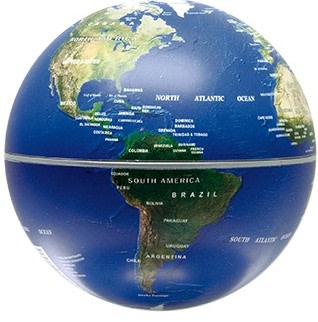 BASF is the world`s first company to present a comprehensive carbon balance for its operations. The results show that BASF products can save three times more greenhouse gas emissions than the entire amount caused by the production and disposal of the company`s products. - Climate change is one of the main challenges faced by society - said Eggert Voscherau, Vice Chairman of BASF SE. - We are facing up to this challenge and offering a wide range of solutions that help to protect the climate.
BASF is the world`s first company to present a comprehensive carbon balance for its operations. The results show that BASF products can save three times more greenhouse gas emissions than the entire amount caused by the production and disposal of the company`s products. - Climate change is one of the main challenges faced by society - said Eggert Voscherau, Vice Chairman of BASF SE. - We are facing up to this challenge and offering a wide range of solutions that help to protect the climate.The carbon balance shows for the first time not only emissions from BASF`s production, but also takes into account emissions from raw materials and precursors as well as the disposal of all products. In addition, the company has looked at the product lifecycle of 90 key products that save CO2 emissions when used in end products. An independent third party, the Öko-Institut in Freiburg, has reviewed and confirmed BASF`s calculations.

For example, BASF is developing innovative technologies and materials for sustainable climate protection. BASF spends around ?400 million, or one-third of its total research and development budget, in the areas of energy efficiency, climate protection, resource conservation and renewable raw materials.



